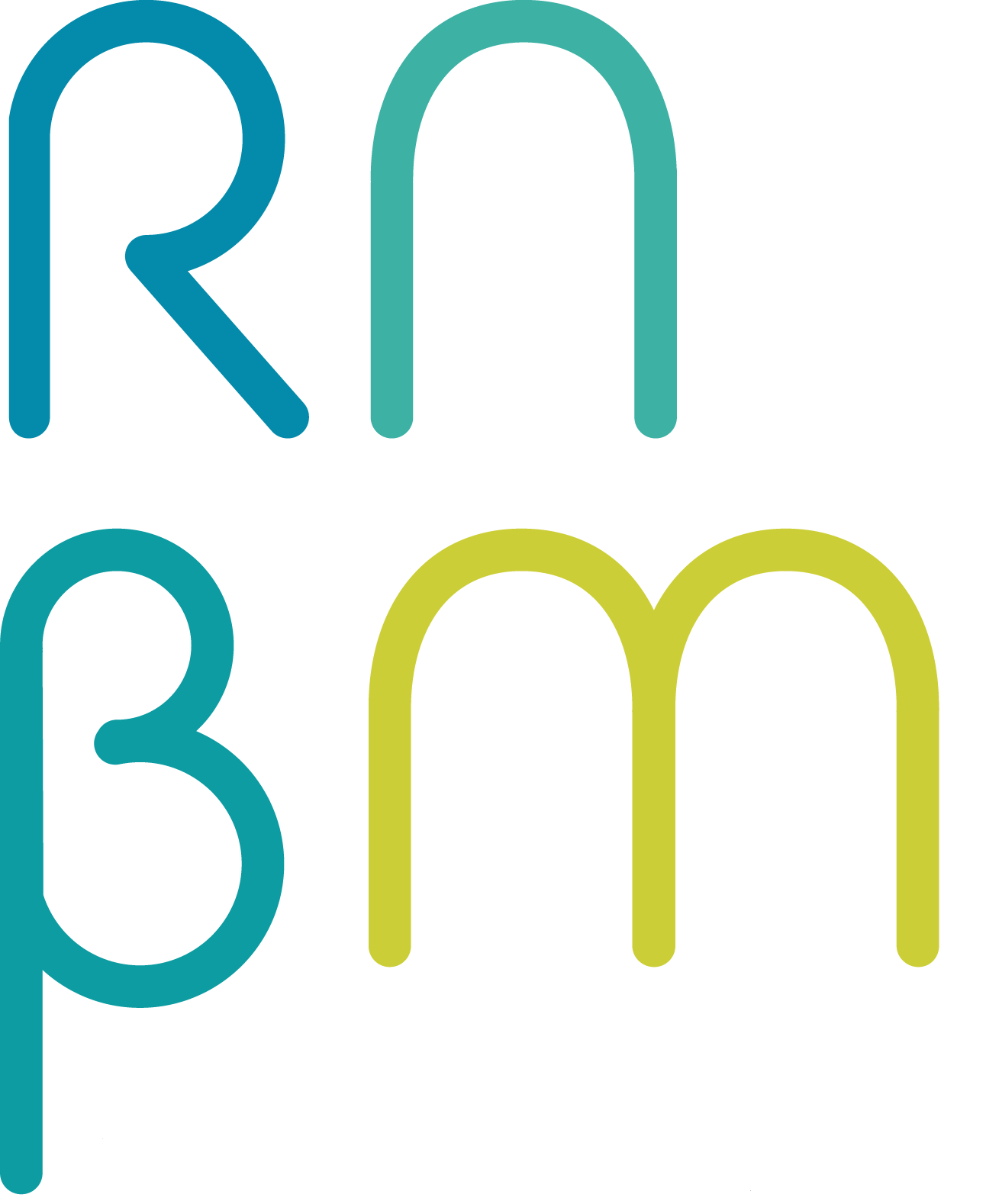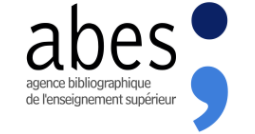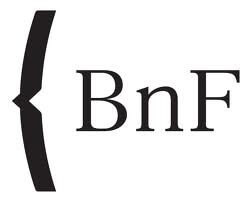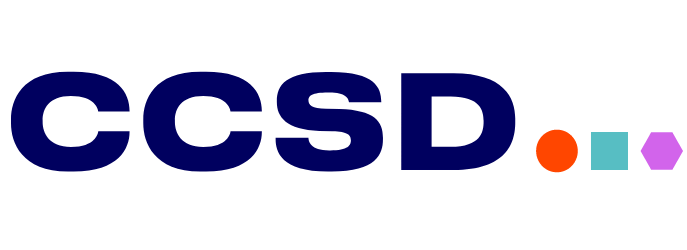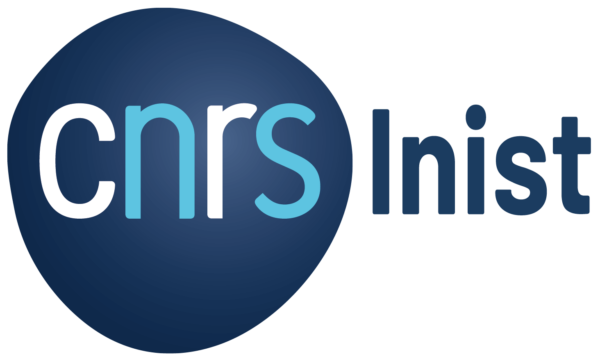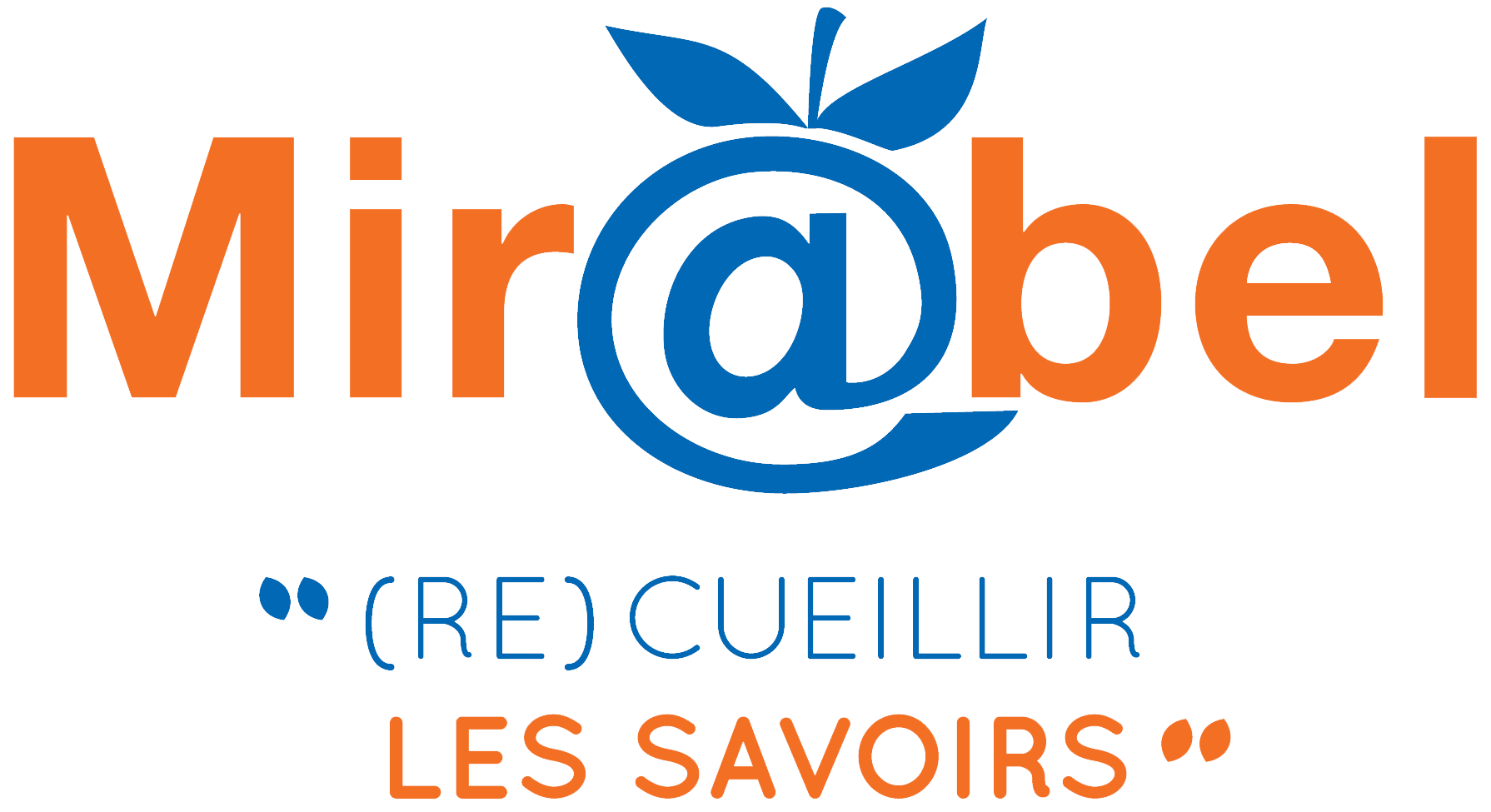Mathdoc’s cooperation with other libraries and Scientific and Technical Information (IST) operators aims to structure mathematical documentation both nationally and internationally. These actions:
- ensure the development of tools and services to promote Open Science
- optimise the accessibility of its digital libraries and information services
- improve the interoperability of data with other databases
Mathdoc’s collaboration with the Réseau National des Bibliothèques de Mathématiques, France’s national network of mathematical libraries (RNBM) has always been extensive and important. Since 1996, this collaboration has led to the creation of the Catalogue Fusionné des Périodiques de Mathématiques, combined catalogue of mathematical periodicals (CFP). The CFP lists all living and inactive mathematical journals retrieved from the ISSN database, whether or not they are part of the network of libraries. It is the management tool used by the Plan de conservation partagée des périodiques de mathématiques, shared conservation plan for mathematics periodicals (PCMath). Its constant evolution allows a global vision of the electronic subscriptions available in laboratories.
Since the early 2000s, the RNBM libraries have been actively participating in the Numdam programme by lending their collections for scanning operations. The RNBM is also involved in the Portail Math project, which provides access to a range of digital services (access to main publisher portals, calendar of scientific events, laboratory and library directories, collaborative tools, etc.). Logging in via this portal allows beneficiaries from Higher Education and Research institutions to access the online resources listed in the Bibliothèque numérique.
This collaboration is also reflected in Mathdoc’s support for the network and its participation in the strategic committee and various RNBM working groups. Hence, Mathdoc members are also part of PCMath, the CFP operational committee, the GT Licences et Ressources numériques and GT Données Maths.
Mathdoc works closely with the RNBM strategic committee, PCMath and the GT Licences et Ressources on matters arising between paper and electronic preservation. The challenge is both to ensure post-subscription access to electronic scientific content and to find long-term archiving solutions for these resources.
Mathdoc actively participates in the RNBM events by contributing to the organisation and development of its programmes or by being active in its fields of expertise. These events are part of the training plan intended for the network’s librarians (Actions Nationales de Formation Documentation mathématique).
Mathdoc often uses the various tools and services implemented by the Agence bibliographique de l’enseignement supérieur, French bibliographic agency for higher education (Abes) for professionals in the fields of libraries and research.
Hence, Abes developed a national knowledge base, BACON, which indicates and facilitates the sharing of metadata from the electronic resources referenced on Numdam and the Centre Mersenne, via files from KBART (Knowledge Bases And Related Tools). This favours harmonisation between the metadata produced by Mathdoc and that of Higher Education and Research, in keeping with the current Abes bibliographic practices.
Also, Mathdoc uses Cidemis for submitting ISSN and e-ISSN requests and corrections for most of their resources distributed on Numdam. Cidemis, an Abes application, aims to facilitate each stage of the ISSN process by providing a fluid workflow between the various actors: cataloguers, managers from the Centre Réseau Sudoc-PS, Abes, ISSN France, and the Centre International d’Enregistrement des Publications en Série, International Centre for the registration of serial publications (CIEPS) . The software allows digitised transmission of all supporting documents issued per request regarding the indexing system or an ISSN correction.

The CFP is also concerned by the Abes partnership in the sense that its data is updated via the Sudoc webservices. Therefore, RNBM librarians report their periodical collection status in Sudoc, and then, with just one click, the data is directly imported into CFP. This avoids double entries and ensures data quality (see diagram).
Mathdoc also collaborates with Abes to improve the IdRef referencing of authors from Numdam. The IdRef platform (Identifiants et Référentiels pour l’Enseignement supérieur et la Recherche) gathers and structures the authority data of persons (physical and moral), sites, concepts and works related to the aforementioned resources. These identifiers eliminate any ambiguities related to homonyms and ensure the reliability of authority data.
In 2002, Mathdoc signed a “Pôle associé” agreement with Bibliothèque nationale de France (BnF) entitled “Concerted digitisation in mathematics”. The latest framework agreement was renewed in 2015 for a period of 5 years.
This agreement enabled the resumption of several Gallica collections. Gallica is indeed a gateway to a very large corpus of royalty-free documents, but they are all digitised and provided with a minimum of enrichment.
The agreement between Mathdoc and the BnF entailed taking over the disseminated mathematical data so that Mathdoc could reindex them in detail and hence facilitate their access on Gallica, and eventually include them in Numdam, to improve their accessibility.
Mathdoc has therefore developed several web interfaces based on the enriched cataloguing of the BnF’s collections, which offer the possibility of browsing works and, above all, direct access to their sections and sub-sections. This enables a more efficient and ergonomic viewing.
The BnF collections that have benefited from these enrichments are:
- the Œuvres complètes de mathématiciens célèbres, namely 1989 texts;
- the Journal des Mathématiques Pures et Appliquées from 1836 to 1934, i.e. 2021 catalogued articles. The index of JMPA articles produced by Gallica-Math has been transferred to EuDML.
- the Répertoire bibliographique des sciences mathématiques from 1894 to 1912, i.e. 2000 records and 18,792 references related to mathematics;
- the digitised mathematical books of the BnF listed in LiNuM, a virtual library providing unified access to 2,849 documents from several collections, including Gallica (736 documents)
Since April 2011, Mathdoc has also become a Gallica partner library. Numdam’s collections are hence harvested for documentary convergence (as complement to the documentary offer). This event was the subject of a Gallica blog post.
This collaboration included a participation in the survey conducted by the BnF on the uses of digital libraries in science and technology, since Numdam was one of the libraries beeing studied. The survey was published in January 2012 in a study report filed on HAL.
The purpose of this collaboration with the BnF is based on the principle of open data which enables all of Numdam‘s content to be displayed on the Gallica website, and allows the mathematical collections of the Gallica library to be accessible via Numdam.
Between 2001 and 2007, a partnership between Mathdoc and the Centre pour la Communication Scientifique Directe, center for direct scientific communication (CCSD) led to the establishment of the national indexes of grey literature: preprints, theses and accreditations (GREY). Afterwards, in accordance with its primary mission, Mathdoc collaborated with the CCSD on the development of search interfaces and the promotion of services provided to the mathematics community such as HAL Open Science / Hyper-Articles-En-Line (HAL) and HAL Theses / Thèses-En-Line (TEL).
ColleEX-Persée is a GIS (Groupement d’Intérêt Scientifique), a French public entity in scientific information. Its objective is to contribute to the efficiency of French research by developing documentary services that meet the needs of researchers.
Numdam has been awarded the Collection d’Excellence label by ColleEX-Persée since 2018. Mathdoc is a member of the GT-Numérisation whose mission is to provide expertise in the development of digitised corpora, to mutualise all necessary resources and to ensure the management of the corpora produced.
In 2021, Mathdoc responded to astudy of needs launched by the GT Numérisation in order to identify the technical solutions implemented by institutions, the MSHs and laboratories during their scanning projects, and to evaluate the use of these tools in light of the initial needs, as well as their limits and their potential for mutualising on a national level.
The Bibliothèque scientifique numérique, digital science library (BSN) is a national research infrastructure (IR), included in the roadmap for very large research infrastructures (TGIR) in 2008, and started in 2011 at the request of the French Ministry of Higher Education and Research. It took the form of work groups and a working group of the whole to produce recommendations on the structuring of IST actors in France by dividing the work into 9 projects or sectors. Mathdoc was part of the working group of the whole and participated in the following areas:
BSN 2 – Access (portals);
BSN 5 – Scanning operations;
BSN 6 – Long-term archiving;
BSN 7 – Public scientific publishing;
BSN 9 – Training, skills and practices.
At the end of the study phase, the working group of the whole was replaced by a technical committee composed of counsels and co-counsels for each sector; all decisions were managed by a steering committee. The members of each work group have since been redefined. In 2015, Mathdoc was involved in groups 5, 6 and 7.
In 2018, the Comité pour la Science Ouverte, committee for Open Science (CoSO) took over BSN. This was in line with the Plan national pour la science ouverte, national plan for Open Science presented in July 2018 by Frédérique Vidal at the annual conference of the Ligue des bibliothèques européennes de recherche, Association of European Research Libraries (LIBER). The three key points of this plan were: to promote open access to all publications, to structure and open research data and to be part of a long-term, European and international initiative. In 2021, a second Plan national pour la science ouverte was approved. It reinforces the commitments of the previous plan and is based on four key points:
- to expand open access to publications
- to organise, share and open research data
- to open and promote source codes produced by research
- to transform on-going practices in order to make open science a default policy.
In 2018, Mathdoc participated in the Collège Publications and the Collège Europe of the Comité pour la Science Ouverte (CoSO).
Mathdoc participated in the national work group of the Medoanet project organised by the Direction de l’Information Scientifique et Technique, CNRS Scientific and Technical Information Department (DIST) in Lyon (France) in November 2012. In December 2013, the DIST defined a scientific and technical information strategy to improve sharing of knowledge (Mieux partager les connaissances) and established four shared action plans (PAP) to accelerate the process during the year 2014. Mathdoc was part of project 3 of the PAP 2 (Publishing) led by Thierry Bouche, on supporting academic publishing. Mathdoc also participated in the two conferences organised by the DIST in Meudon (France) in March and November 2014 (conferences by Thierry Bouche in workshops):
- Innovation et gouvernance de l’IST dans l’ESR (18-19 March 2014)
- Dynamiques de l’édition scientifique, de l’industrie, de l’information, de la documentation (4-5 Novembre 2014)
In 2020, the Direction des données ouvertes de la recherche, Open Research Data Department (DDOR) was created. It results from mergers between the DIST and the Mission Calcul Données, Computing-Data Mission (MiCaDo). Three CNRS units are related to the DDOR: the Centre pour la Communication Scientifique Directe (CCSD), Persée and the Institut de l’Information Scientifique et Technique (INIST).
Since 2021, several INSIT members have succeeded each other to be part of the inter-network working group GT Données Maths co-led by Mathdoc, Mathrice and the RNBM, thus strengthening the partnership between INIST and Mathdoc. First Paolo Lai, head of the Valoriser les données de recherche Department, then since July 2023 Erwan Guillou, project manager for Recherche Data Gouv.
In 2021, Mathdoc signed a partnership agreement with Mir@bel, part of the Open Science initiative. This collaboration aimed to improve the referencing of open access scientific journals from the centre Mersenne and Numdam and hence achieve an enhanced viewing of these scientific data collections of great interest to researchers. Another objective is to facilitate the reporting of distribution policies of the centre Mersenne’s journals, notably in Sherpa Romeo via the new service provided by Mir@bel.
Mathdoc ensures manual production and monitoring of new records in Mir@bel for each of its collections. To supply this database, Mathdoc’s computer scientists have set up an API containing an easily accessible and interoperable KBART file for automatic and regular updating of the data reported on Mir@bel. Mir@bel is also linked to BACON (reporting and access management of online digital documents).



